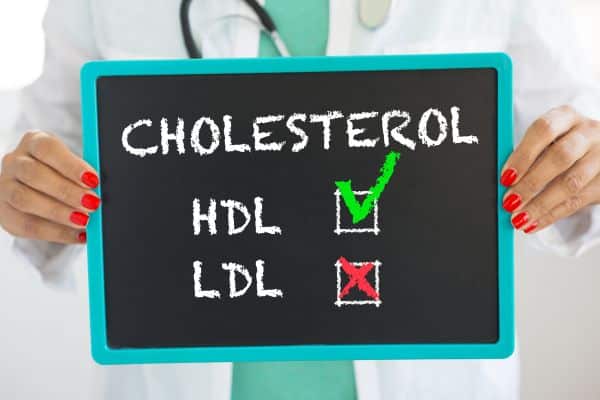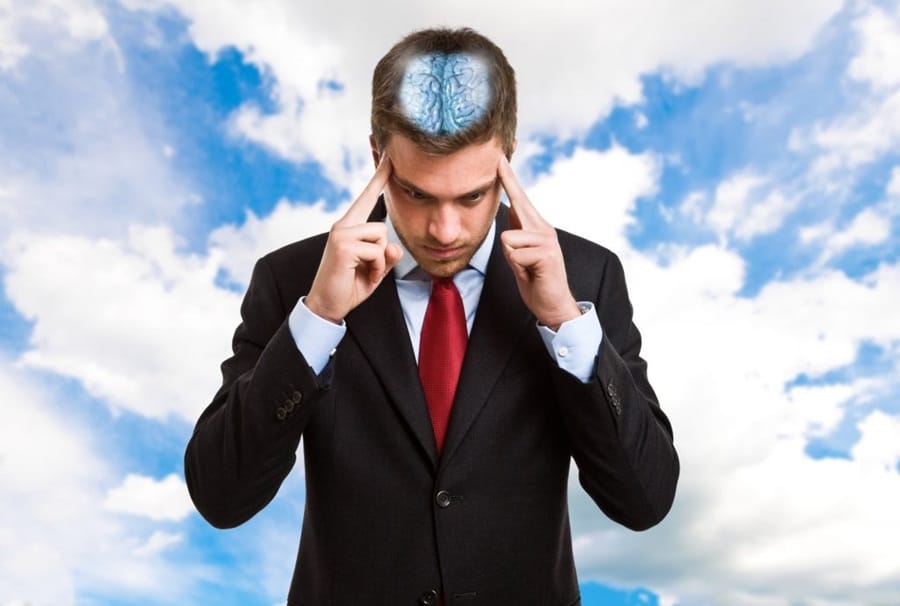Navigating the maze of health metrics can be daunting, but few are as misunderstood as cholesterol. Despite its bad reputation, cholesterol plays a vital role in the body, contributing to the formation of cell membranes, hormones, and vitamin D. However, too much of a good thing can be harmful. Elevated cholesterol levels, particularly in the wrong forms, can lead to serious health issues like heart disease. This post aims to demystify cholesterol, breaking down what levels are considered healthy for different age groups and why it’s crucial to keep an eye on this slippery substance.
Contents
- 1 What Is Cholesterol?
- 2 Why Monitoring Cholesterol Is Crucial
- 3 How Cholesterol Levels Change With Age
- 4 Recommended Levels For Children And Teens
- 5 Cholesterol Targets For Adults (20-50)
- 6 Special Considerations For Older Individuals (50+)
- 7 Women Vs. Men: Is There A Difference?
- 8 How To Get Tested And What To Do Next
- 9 Take Control Of Your Cholesterol Levels
What Is Cholesterol?

Cholesterol is a waxy, fat-like substance found in every cell of the body. It’s essential for the production of hormones, vitamin D, and substances that help digest food. However, not all cholesterol is created equal. There are three main types: Low-Density Lipoprotein (LDL), High-Density Lipoprotein (HDL), and Triglycerides. Each has a different impact on your health.
LDL is often dubbed the “bad” cholesterol because high levels can lead to plaque buildup in your arteries, increasing the risk of heart disease and stroke. HDL, or the “good” cholesterol, helps remove LDL from the bloodstream, acting as a cleaner for your arterial walls. Triglycerides are another type of fat in the blood that, when elevated, can also contribute to heart disease. Understanding these types is the first step in managing your cholesterol effectively.
Why Monitoring Cholesterol Is Crucial

The significance of cholesterol levels extends far beyond mere numbers on a medical chart. Elevated levels, especially of LDL cholesterol, are a major risk factor for cardiovascular diseases such as heart attacks and strokes. High cholesterol can silently accumulate along the walls of arteries, narrowing them and reducing blood flow to vital organs.
But the risks don’t stop at heart health. High cholesterol levels have also been linked to other conditions, such as type 2 diabetes and high blood pressure. Early detection and management can be lifesaving, making regular cholesterol checks an essential part of preventive healthcare. The sooner you know your levels, the sooner you can take steps to manage them, reducing your risk for a host of complications.
How Cholesterol Levels Change With Age

Cholesterol isn’t static; it changes throughout your life due to a variety of factors, including diet, exercise, and genetics. As you age, your body’s ability to manage cholesterol can decline, making you more susceptible to elevated levels and the health risks that come with them. For example, LDL levels tend to rise with age, especially in men, while HDL levels can decline, particularly in women after menopause.
These age-related shifts underscore the importance of regular monitoring. Children as young as 9 may already show signs of elevated cholesterol, and adults in their 20s and 30s are not immune to its risks. As you move into middle age and beyond, the stakes get even higher. Adapting your cholesterol management strategies to your age can help you stay ahead of potential health issues, ensuring a longer, healthier life.
Recommended Levels For Children And Teens

Monitoring cholesterol isn’t just for adults; it’s crucial for children and teens as well. Pediatricians often recommend that children have their first cholesterol test between ages 9 and 11 and then again between 17 and 21. These tests can help identify early risk factors for cardiovascular disease and provide an opportunity for preventive measures. High cholesterol in childhood can lead to long-term health issues, making early intervention essential.
When it comes to cholesterol levels for this age group, less is generally more. Total cholesterol should ideally be less than 170 mg/dL, LDL less than 110 mg/dL, and HDL greater than 45 mg/dL. If a child’s levels are higher than these guidelines, lifestyle changes such as a healthier diet and increased physical activity are usually the first steps in management. Medication is rarely recommended for children but may be considered in extreme cases.
Cholesterol Targets For Adults (20-50)

For adults between the ages of 20 and 50, cholesterol management becomes increasingly important. The American Heart Association recommends that adults have their cholesterol checked every four to six years. However, more frequent testing may be necessary for those with certain risk factors, like a family history of heart disease. For this age group, an LDL level below 100 mg/dL and an HDL level above 60 mg/dL are considered optimal.
However, numbers alone don’t tell the whole story. Lifestyle plays a significant role in cholesterol levels. A balanced diet rich in fruits, vegetables, and lean proteins, coupled with regular exercise, can go a long way in maintaining healthy cholesterol levels. If lifestyle changes aren’t sufficient, medication such as statins may be prescribed to help control cholesterol.
Special Considerations For Older Individuals (50+)

As you cross the half-century mark, cholesterol management takes on new dimensions. Not only do the risks associated with high cholesterol increase, but the body’s ability to regulate cholesterol can also decline. For men, LDL levels generally peak in middle age and then level off, while women may see an increase in LDL levels after menopause. An LDL level below 100 mg/dL and an HDL level above 50 mg/dL are considered healthy targets for this age group.
Given these changes, additional tests and screenings may become necessary. Some doctors recommend more advanced lipid tests that provide a more detailed cholesterol profile. Lifestyle adjustments remain crucial, but medication may become a more prominent part of cholesterol management. Always consult with your healthcare provider for a tailored treatment plan.
Women Vs. Men: Is There A Difference?

Gender can play a role in cholesterol levels and the associated risks. Women generally have higher levels of HDL cholesterol, which is beneficial for heart health. However, after menopause, women’s LDL levels tend to rise, increasing the risk of heart disease. For men, the risk starts earlier, as they typically have lower levels of protective HDL and higher levels of LDL from a younger age.
The hormonal changes women experience throughout life, such as pregnancy and menopause, can also impact cholesterol levels. Men, on the other hand, face a more consistent risk profile but are generally at higher risk for heart disease at a younger age. Both genders should consider these factors when developing a cholesterol management strategy, and healthcare providers may recommend different approaches based on gender-specific risks.
How To Get Tested And What To Do Next

Knowing your cholesterol levels is the first step toward effective management, but how do you go about getting tested? A lipid panel is the most common type of cholesterol test, and it measures LDL, HDL, and triglycerides. This test usually requires fasting for 9 to 12 hours beforehand to ensure accurate results. Some healthcare providers may also recommend more advanced tests like a lipoprotein subfraction test, which provides a more detailed look at your cholesterol components.
Once you have your results, what’s next? If your levels are within the recommended ranges, maintaining a healthy lifestyle is key to keeping them that way. However, if your cholesterol is high, immediate action is necessary. This could range from dietary changes and increased physical activity to medication. Always consult your healthcare provider for a personalized treatment plan, which may include regular follow-up tests to monitor your progress.
Take Control Of Your Cholesterol Levels
Understanding cholesterol levels and how they fit into your overall health picture is not just a one-time task but a lifelong commitment. Whether you’re a concerned parent, an adult in the prime of life, or navigating the health challenges of older age, knowing your cholesterol numbers can make a significant difference. Don’t wait for a health scare to take action. Get tested, consult with your healthcare provider, and take the necessary steps to manage your cholesterol effectively.


